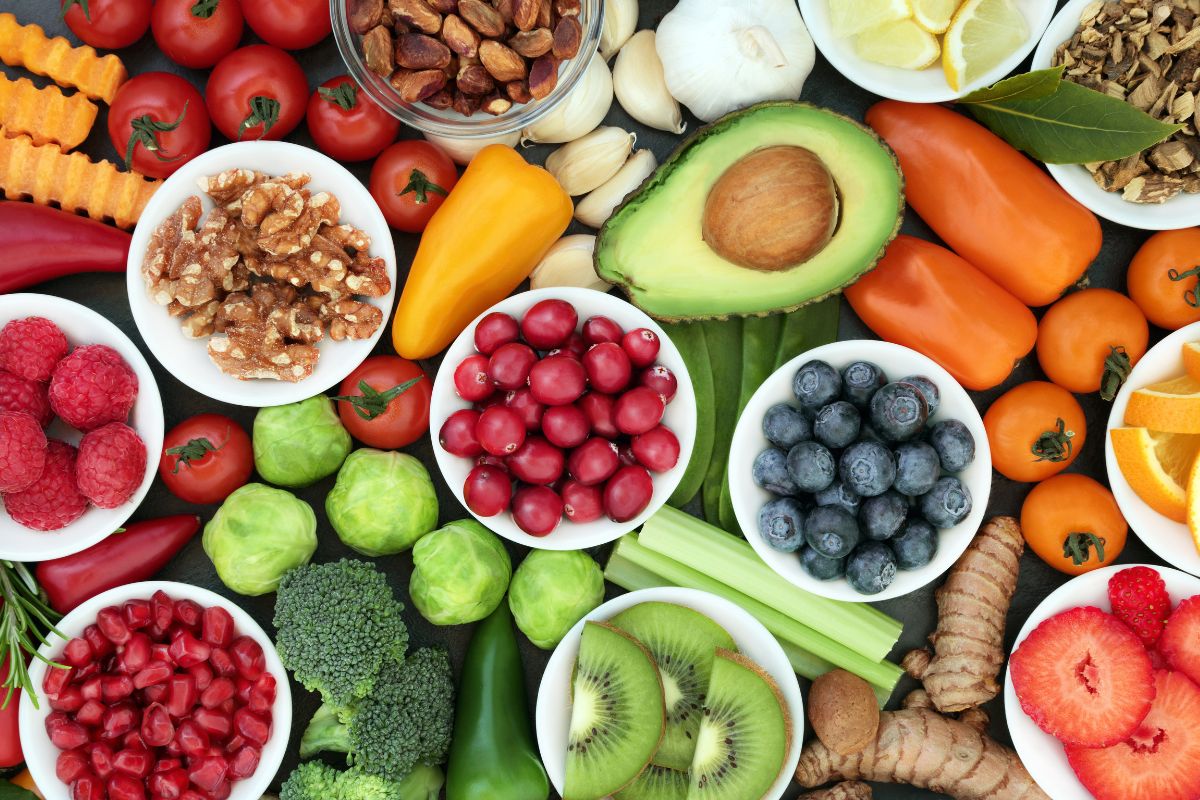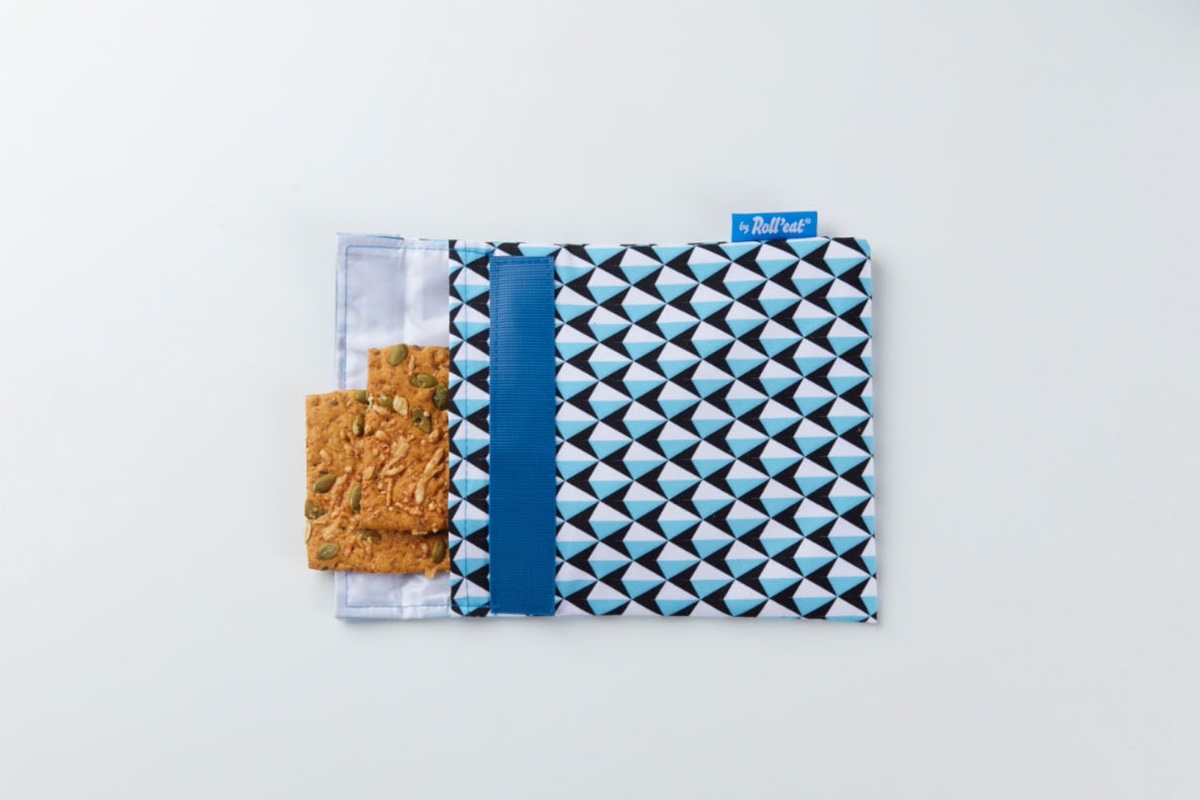Establishing healthy eating habits during childhood is crucial for the long-term well-being of our little ones. By providing balanced nutrition and fostering positive relationships with food, parents can lay a foundation for a lifetime of healthy choices. In this blog post, we will explore practical tips and strategies to encourage healthy eating habits in children, ensuring they receive the essential nutrients their growing bodies need.

What is healthy eating?
But first of all, we think it is important to put you in context and explain what healthy eating is.
Healthy eating is a dietary approach that focuses on consuming a well-balanced and nourishing range of foods to support overall health and well-being. It involves making conscious choices about what we eat and prioritizing nutrient-dense foods while minimizing the consumption of processed and unhealthy options.
At its core, healthy eating involves incorporating a variety of whole foods into our diet. This includes fruits, vegetables, whole grains, lean proteins, and healthy fats. These foods are rich in essential vitamins, minerals, antioxidants, and dietary fiber, which are crucial for the proper functioning of our bodies.
A key aspect of healthy eating is moderation. It’s about finding the right balance between different food groups and portion sizes. This means avoiding excessive intake of foods high in saturated fats, added sugars, and sodium. Instead, the focus should be on wholesome and natural ingredients that provide sustained energy and nourishment.
Healthy eating is not about strict dieting or deprivation. It’s about adopting a sustainable and enjoyable approach to food. It’s about being mindful of what we eat, paying attention to hunger and fullness cues, and cultivating a positive relationship with food. It means savoring the flavors, textures, and aromas of meals and embracing the dining.
How to nurture kids of healthy eating
Lead by Example
Children are strongly influenced by their parents’ behaviour. By modeling healthy eating habits, parents can inspire their children to follow their example. Try to eat together as a family and have everyone enjoy a variety of nutritious foods. Show enthusiasm for fruits, vegetables, whole grains and lean proteins. Avoid excessive consumption of processed foods, sugary drinks and unhealthy snacks. When children watch their parents make healthy choices, they are more likely to do the same. along the same line, you can find out more about sustainable activities for children with our blog. Along the same line, you can find out more about sustainable activities for kids with our blog.
Create a Positive Food Environment
Make mealtimes enjoyable and stress-free. Establish a pleasant atmosphere by sitting together at the table, minimising distractions and engaging in light conversation. Encourage children to try new foods, but avoid pressuring or bribing them. Focus on presenting them with a variety of healthy choices and let them explore their preferences. Involve children in meal planning and preparation, as it fosters their curiosity and connection to food.
Offer Nutritious, Balanced Meals
Provide a complete diet that includes all essential nutrients. Make sure meals consist of a variety of fruits, vegetables, whole grains, lean proteins, dairy or alternatives. Limit sugary and processed foods, as they offer little nutritional value. Aim for three balanced meals and two healthy snacks a day. Involve children in shopping and allow them to choose healthy options from each food group.
Encourage Regular Breakfast
Breakfast is an essential meal for children, providing them with energy and essential nutrients to start the day. Offer a balanced breakfast that includes wholegrain cereals, protein and fruit or vegetables. Avoid sugary cereals and opt for healthier alternatives such as oat flakes, wholemeal toast or yoghurt with fresh fruit. Eating breakfast as a family can become a much-appreciated routine and, at the same time, encourage healthier food choices.
Limit Sugar and Processed Foods
Excessive consumption of sugar and processed foods contributes to a variety of health problems. Minimise consumption of sugary drinks, candy, biscuits and fast food. Instead, provide natural sweetness through fruits and encourage homemade sweets with healthier ingredients. Read food labels carefully and watch out for hidden sugars and artificial additives. By reducing sugar and processed foods, you can help prevent childhood obesity and promote optimal health.
Hydration is Key
Staying hydrated is essential for children’s overall health. Encourage them to drink water throughout the day and limit sugary drinks. Make water more palatable by adding fruit slices or herbs for flavour. Make sure that children have access to water at all times, whether at home, at school or during outdoor activities. Hydration promotes digestion, cognitive function and helps regulate body temperature.
Involve kids in meal planning and preparation

To raise children’s awareness and encourage them to adopt healthy eating habits, you can involve them in preparing meals and snacks in the following ways:
Visit the grocery store with them. Simple options like “Do you want to buy red apples or green apples?” should be provided.
Ask them to select a dish. Let the kids occasionally choose which vegetable will be served for dinner. Assign them manageable tasks. Kids can help with age-appropriate kitchen tasks like chopping ingredients, washing produce, and peeling food.
Also, kids can learn more about healthy eating from their school lunches. They might be able to change their eating habits if you can get them to think about what they have for lunch. Discuss what they would like for lunch or go grocery shopping for wholesome, packable foods as a group.
Which type of foods should be limited in our kids eating?
When it comes to kids’ eating habits, it is important to limit certain types of foods that are typically low in nutritional value and may have negative effects on their health. These include:
- Processed and Fast Foods: Foods like chips, cookies, candies, fast food meals, and packaged snacks are often high in added sugars, unhealthy fats, sodium, and artificial additives. They provide little nutritional value and can contribute to weight gain, poor nutrient intake, and increased risk of chronic diseases.
- Sugary Beverages: Sweetened drinks such as soda, fruit juices, flavored milk, and sports drinks are loaded with added sugars and provide empty calories. These beverages can lead to weight gain, dental issues, and an increased risk of conditions like type 2 diabetes.
- High-Fat and Fried Foods: Foods that are high in saturated and trans fats, such as fried foods, fatty meats, full-fat dairy products, and processed meats, should be limited. Excessive consumption of these foods can contribute to unhealthy cholesterol levels, weight gain, and heart problems.
- Refined Grains: Refined grains like white bread, white rice, and sugary cereals have been stripped of their fiber and nutrients. They tend to spike blood sugar levels and lack the sustained energy and nutritional benefits provided by whole grains.
- Excessive Salt: Foods with high sodium content, such as processed meats, canned soups, and salty snacks, should be limited. Too much salt can increase the risk of high blood pressure and other cardiovascular issues.
Examples of foods to limit are:
- crisps and other fatty and/or salty snacks
- sweet biscuits, cakes and desserts
- store-bought burgers, pizza, hot chips, and fried foods
- ice-cream, confectionery and chocolate
- sugar-sweetened cordials and soft drinks
- processed meats and sausages
- cream and butter
Tips to help you limit foods for kids:
- Don’t add salt to foods during cooking or at the table.
- Always choose low-salt options.
- Offer water rather than sugary soft, energy or sports drinks.
- Cook with vegetable oils, spreads, nut butters and avocado.
While it is important to limit these foods, it is equally important to promote a positive approach to eating. Teaching kids about moderation and balance can help them develop a healthy relationship with food. Encouraging the consumption of nutrient-dense foods like fruits, vegetables, whole grains, lean proteins, and low-fat dairy products will provide them with essential vitamins, minerals, and other beneficial compounds necessary for their growth and development.
Healthy Snacks for Kids

Snacks play an important role in a child’s diet, providing them with energy, essential nutrients, and a chance to refuel between meals. However, it can be challenging to find healthy snacks that are both nutritious and appealing to kids.
So at Roll’eat we want to give you ideas for healthy snacks that will satisfy their cravings while promoting their general wellbeing, as well as being perfect to carry in our Boc’n’Roll and Snack’n’Go.
- Fresh fruit and vegetables: Fresh fruits and vegetables are nature’s perfect snacks, packed with vitamins, minerals, and fiber. Encourage kids to snack on a colorful array of fruits like berries, apple slices, or orange wedges. For vegetables, offer carrot sticks, cherry tomatoes, or cucumber slices.
- Homemade Trail Mix: Create a custom trail mix by combining a variety of nuts, seeds, dried fruits, and whole-grain cereal. Let kids choose their favorite ingredients and mix them together for a personalized snack. Trail mix provides a balance of healthy fats, protein, and carbohydrates, keeping kids energized and satisfied.
- Whole Grain Snacks: Opt for whole grain snacks like air-popped popcorn, whole grain crackers, or mini rice cakes. These snacks are a healthier alternative to their refined grain counterparts and offer more fiber, vitamins, and minerals. Pair them with a source of protein, such as peanut butter or string cheese, to make them more satisfying.
- Homemade Energy Balls: Energy balls are a convenient and nutritious snack option that kids will love. Combine ingredients like oats, nut butter, honey, and mix-ins such as dried fruits, chia seeds, or mini chocolate chips.
- Sliced pears with ricotta cheese: When sliced, pears are a tasty and easy treat for children to enjoy. Pears contain lots of fibre and healthy plant compounds. Ricotta cheese should be spread on each slice to give your child’s snack a tasty source of calcium and protein.
- Banana oat Cookies: Banana Oat Cookies are healthier than usual cookies but still delicious, and kids love them. The perfect way to use up spotty bananas.
- Raisin snack packs: Raisins have nearly all the nutrients found in fresh grapes. They contain a decent amount of iron, a nutrient that many children don’t get enough of, and which is needed to transport oxygen throughout your body.
- Toasts: Toasts can make for a great healthy snack. Toast up a slice of whole grain bread, then experiment with toppings: hummus and cucumber slices, cream cheese and tomato, nut butter and blueberries, there are so many good-for-you options.
- Pickles: Pickles are cucumbers that had been fermented in water and salt. Cucumbers are good source of Vitamin K, and also contain probiotics which are good for the digestive system.
- Sandwich: Sandwiches don’t have to be just for mealtime. Half a sandwich can also make a healthy snack for kids. To build a healthy sandwich, start with whole-wheat bread, pick a source of protein, and include a fruit or veggie, if possible. We offer you several ideas for delicious air fryer sandwich recipes.
Healthy eating habits for Kids with Roll’eat
Teaching children healthy eating habits is essential for their overall well-being. With the help of innovative products like Roll’eat, it becomes easier to encourage nutritious choices and make mealtime enjoyable. By utilizing our Boc’n’Roll and Snack’n’Go, parents can pack balanced meals, promote portion control, emphasize whole foods, and instill a sense of environmental responsibility. With Roll’eat, mealtime becomes an opportunity to cultivate lifelong healthy eating habits and create positive experiences for children.




